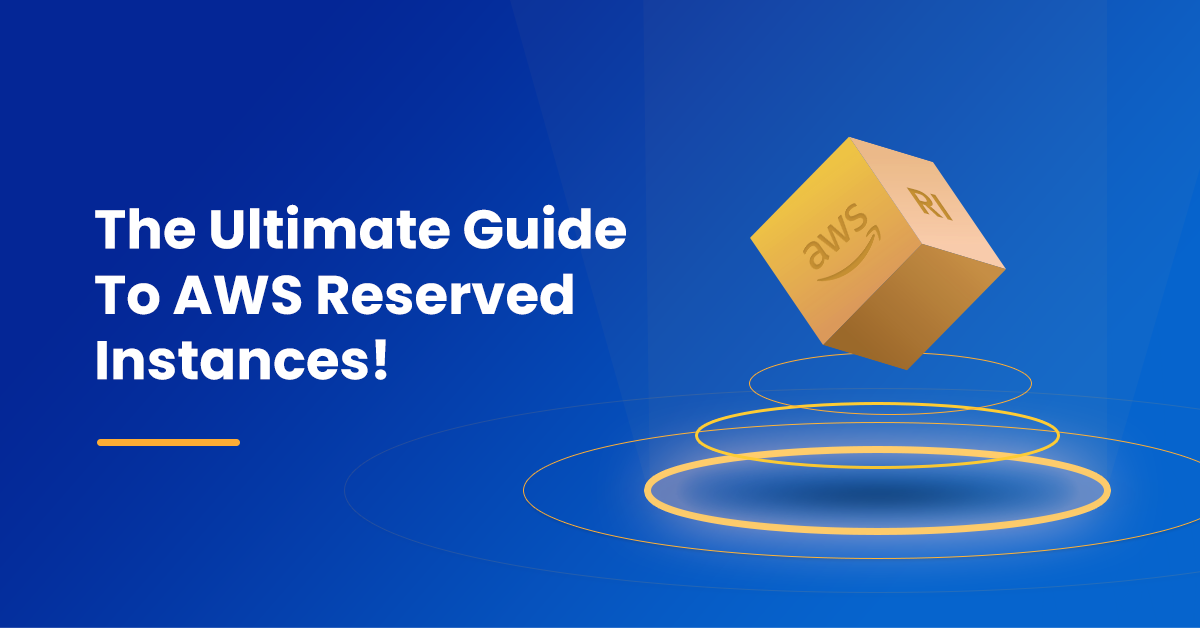The cloud computing space is rapidly changing, and as a result, businesses must be able to adapt to the new technology and tools available. But on that verge, costs are always rising. One of the most effective ways to do so is by utilizing AWS Reserved Instances (RIs). But with different pricing options and complex calculations, it can take time to navigate the world of RIs.
The ultimate guide to AWS Reserved Instances is the solution. In this guide, we’ll take an in-depth look at what AWS Reserved Instances are, the types of Reserved Instances available, the benefits, and the process of reserved instance optimization.
Are AWS Reserved Instances?
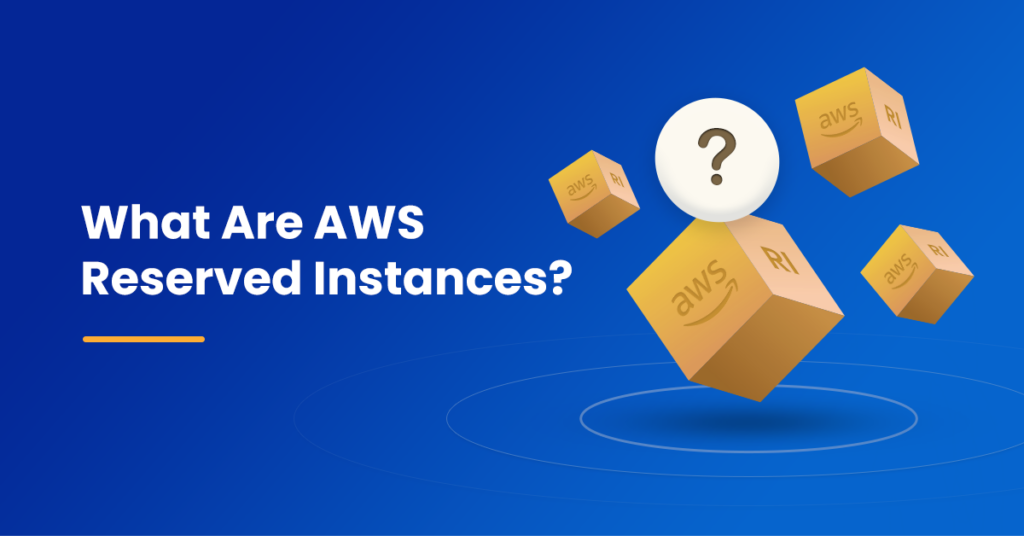
AWS Reserved Instances (RIs) are a cost-effective way to purchase computing capacity on Amazon Web Services (AWS). When you reserve an instance, you commit to paying for a specific amount of computing capacity in advance for a period of one or three years.
By committing to using these resources for a longer period, AWS can offer a significant discount compared to on-demand pricing. This makes RIs an excellent choice for businesses with predictable workloads or long-term infrastructure needs.
When a business purchases a Reserved Instance, it reserves a certain number of resources for a specified period of time. The business is then billed at a lower rate for the Reserved Instances’ usage than the standard rates for the same services. Reserved Instances can be purchased for 1- or 3-year terms, and the longer the term, the greater the discount.
Overall, AWS Reserved Instances allow you to save costs while ensuring that you have the computing capacity you need to run your applications and services efficiently.
What Are The Benefits Of AWS Reserved Instances?
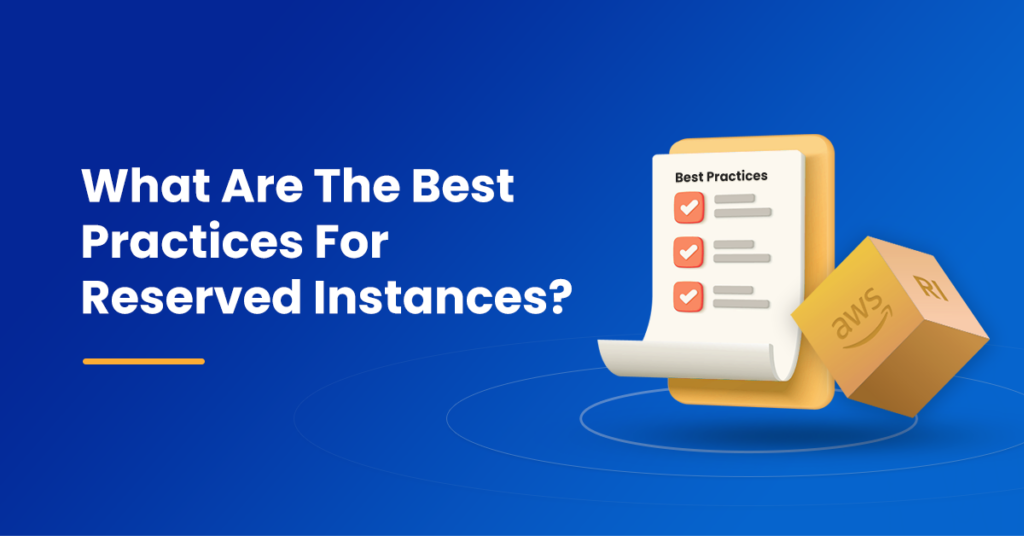
- Cost savings: RIs offer significant cost savings compared to on-demand pricing, which can help lower overall infrastructure costs.
- Capacity assurance: By reserving capacity, you can ensure you have the computing resources needed to run your applications and services efficiently.
- Long-term planning: By committing to using the capacity for a longer period, you can plan for long-term infrastructure needs and avoid unexpected price changes.
- Flexibility: AWS offers different types of RIs, each with varying levels of flexibility, which can help you find the right fit for your business needs.
- Resource optimization: By reserving capacity, you can optimize your infrastructure usage and reduce waste, further lowering your overall costs.
- Improved budgeting: With RIs, you can better predict your infrastructure costs and budget accordingly, which can help you better manage your finances.
AWS Reserved Instances significantly benefit businesses looking to save costs, optimize their infrastructure, and plan for long-term growth.
What Are The Types Of AWS Reserved Instances?
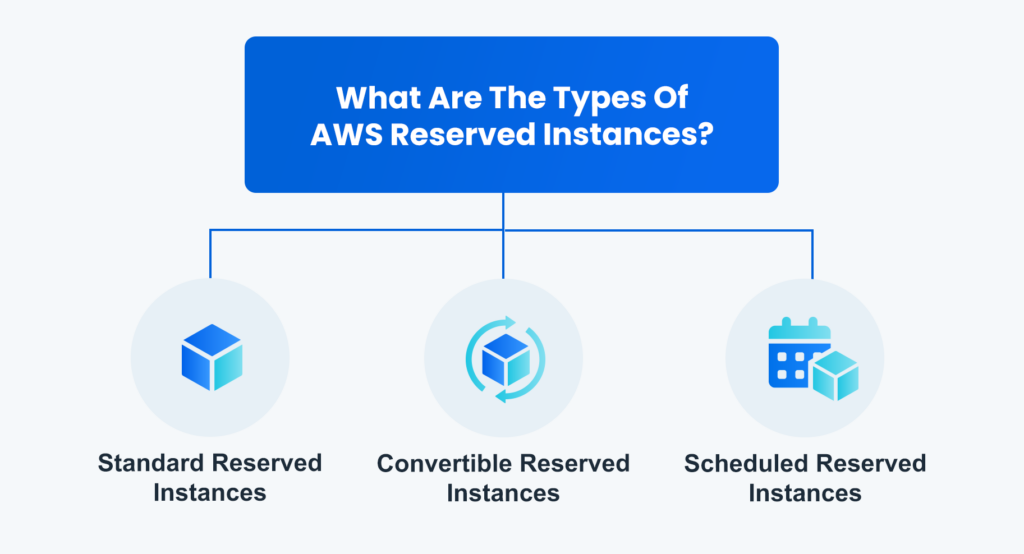
AWS Reserved Instances are available for all AWS services, including Amazon Elastic Compute Cloud (EC2) and Amazon Relational Database Service (RDS). And they are available in three types: Standard, Convertible, and Scheduled.
- Standard Reserved Instances: These are the most common type of RIs and offer the most significant discounts compared to on-demand pricing. Standard RIs offer a fixed capacity reservation for one or three years, with the option to pay for the reservation upfront, partially upfront, or no upfront. Standard RIs are ideal for predictable workloads that require consistent capacity over an extended period.
- Convertible Reserved Instances: These RIs offer more flexibility than standard RIs, allowing you to exchange or modify the reservation for another instance type, family, or operating system. Convertible RIs offer a lower discount than Standard RIs but can be a good option for businesses with rapidly changing workloads or those looking to take advantage of new instance types as they become available.
- Scheduled Reserved Instances: These RIs allow you to reserve capacity for specific time windows during the week, which can be useful for workloads with predictable usage patterns. Scheduled RIs offer the same discounts as standard RIs but can help lower costs further by reserving capacity only when needed. Scheduled RIs require you to specify the exact time and duration of the reservation, and the instance will be available only during those times.
Each type of AWS Reserved Instance offers unique benefits, and the right choice will depend on your specific needs and usage patterns. It’s essential to evaluate your workload and usage patterns carefully before committing to a specific type of Reserved Instance to ensure that you maximize your savings and optimize your infrastructure usage.
What Is Reserved Instance Optimization?
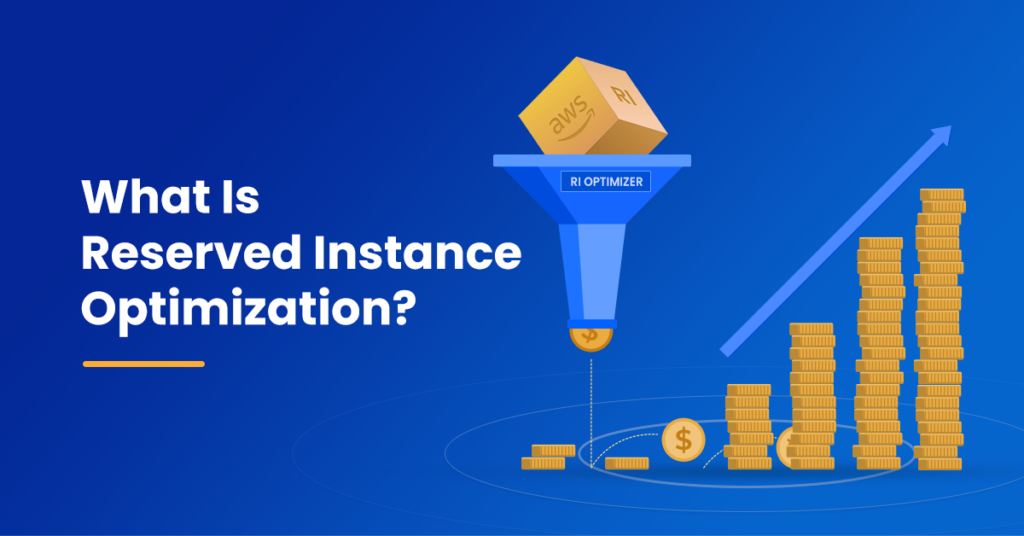
Reserved Instance Optimization is the process of maximizing the cost savings and resource utilization of AWS Reserved Instances (RIs). While RIs can offer significant discounts compared to on-demand pricing, they require careful planning and management to optimize their usage fully.
Reserved Instance Optimization involves continuously monitoring your infrastructure usage and adjusting your RI purchases accordingly. This can include:
- Analyzing your usage patterns: By analyzing your usage patterns, you can determine which RIs are most suitable for your needs and purchase them accordingly. This can help you avoid over-provisioning or under-provisioning your capacity and ensure that you maximize your cost savings.
- Identifying unused or underutilized RIs: Reserved Instances can go unused or be underutilized if they are not matched correctly to your workload. Reserved Instance Optimization involves identifying these unused or underutilized RIs and reassigning them to other workloads to maximize their utilization.
- Making adjustments based on workload changes: Workloads can change over time, and so should your RI purchases. Reserved Instance Optimization involves regularly analyzing your workload and adjusting your RI purchases to ensure that you have the suitable capacity at the right time.
- Leveraging automation: AWS offers tools and services that can automate the process of Reserved Instance Optimization, such as AWS Trusted Advisor and AWS Cost Explorer. These tools can help you identify opportunities to optimize your RI usage and take corrective action automatically.
Overall, Reserved Instance Optimization is an important process for any business looking to maximize the cost savings and resource utilization of AWS Reserved Instances. By continually monitoring and adjusting your RI purchases, you can ensure that you have the right capacity at the right time and minimize unnecessary costs.
What Are The Best Practices For Reserved Instances?
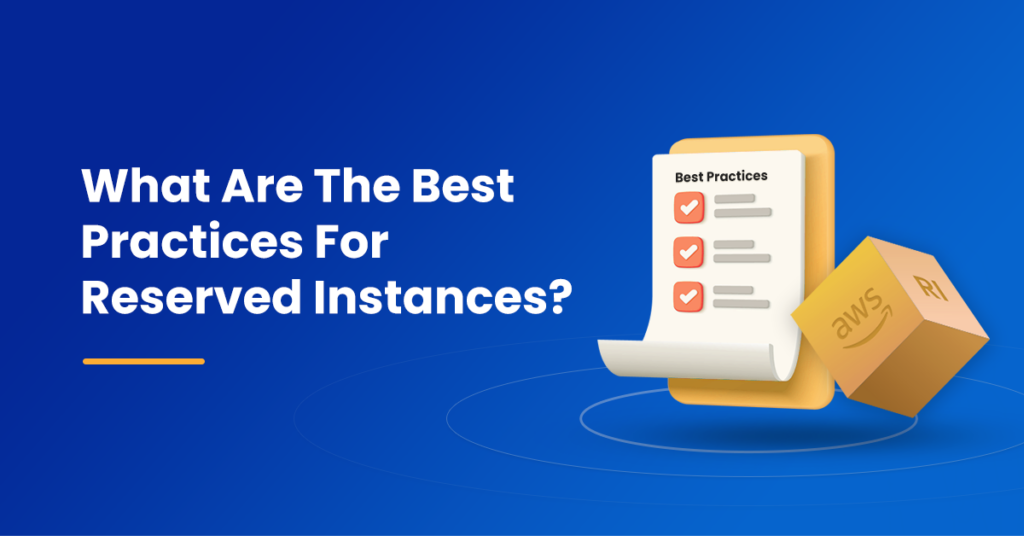
To get the most out of RIs and optimize cloud costs, keep these best practices in mind:
- Prefer to buy reserved capacity only for always running instances.
- For instances with stable usage patterns that aren’t always running, buy only the minimum number of RIs you need to keep the application running.
- Centralize RIs to ensure if one team isn’t using the resource, other teams can use it.

nOps provides RI commitment management through ShareSave. You get automated, real-time, risk-free lifecycle management of EC2 and RDS commitment. The goal is to help you save more without risking overcommitment of RIs. The optimization by nOps gives you the flexibility to switch different commitments and types–as and when needed.
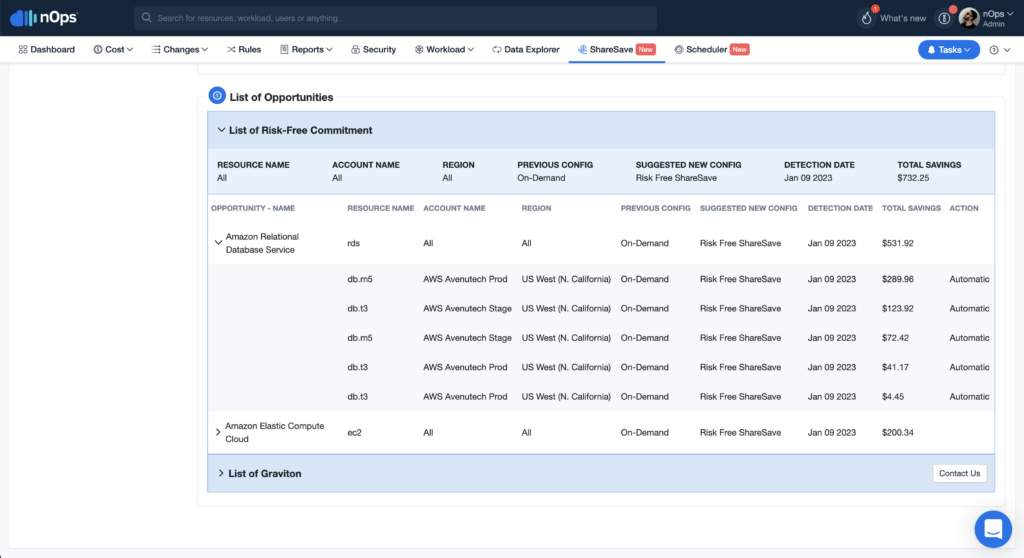
How Can nOps Help You With Reserved Instance Optimization?
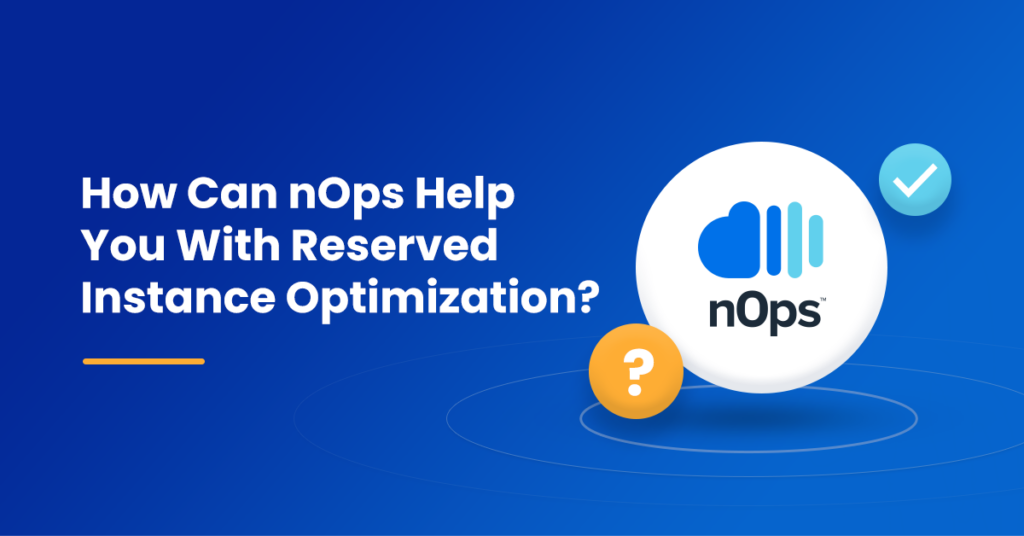
nOps is a cloud management platform that helps organizations optimize their AWS cloud infrastructure to improve efficiency, reduce costs, and ensure compliance. One of the critical features of nOps is its Reserved Instance (RI) commitment management tool, which helps businesses maximize cost savings by identifying the optimal RI purchase options and tracking RI utilization.
- Analyzing your usage patterns: By analyzing your usage patterns, you can determine which RIs are most suitable for your needs and purchase them accordingly. This can help you avoid over-provisioning or under-provisioning your capacity and ensure that you maximize your cost savings..
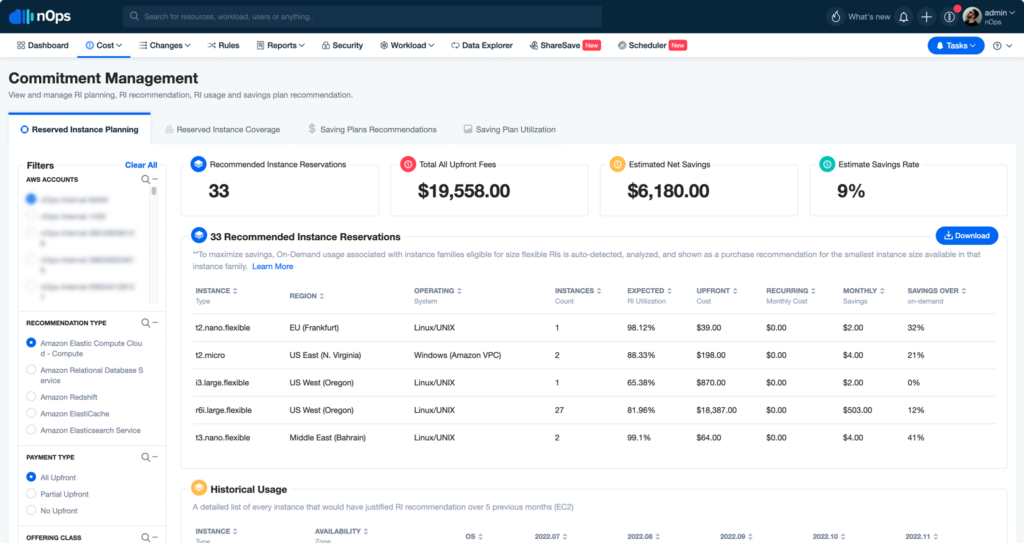
- RI Utilization Tracking: nOps provides detailed insights into RI utilization, allowing businesses to identify underutilized RIs and take corrective action to avoid unnecessary costs.
- Customizable Alerts: nOps allows users to set customizable alerts for RI utilization and capacity planning, ensuring that businesses can proactively manage RI usage and avoid overspending.
- Integration with AWS Cost Explorer: nOps integrates with AWS Cost Explorer to provide users with detailed cost analysis and reporting, enabling businesses to gain deeper insights into their AWS usage and optimize cost savings.
With nOps, businesses can optimize their AWS RI usage, reduce expenses, and allocate resources more efficiently, allowing them to focus on core business objectives.
Your team focuses on innovation, while nOps runs optimization on auto-pilot to help you track, analyze and optimize accordingly! As a result, our customers can benefit in two key ways:
- First, pay less for what you use without the financial risk.
- Second, use less by automatically pausing idle resources.
Let us help you save! Sign up for nOps today.

